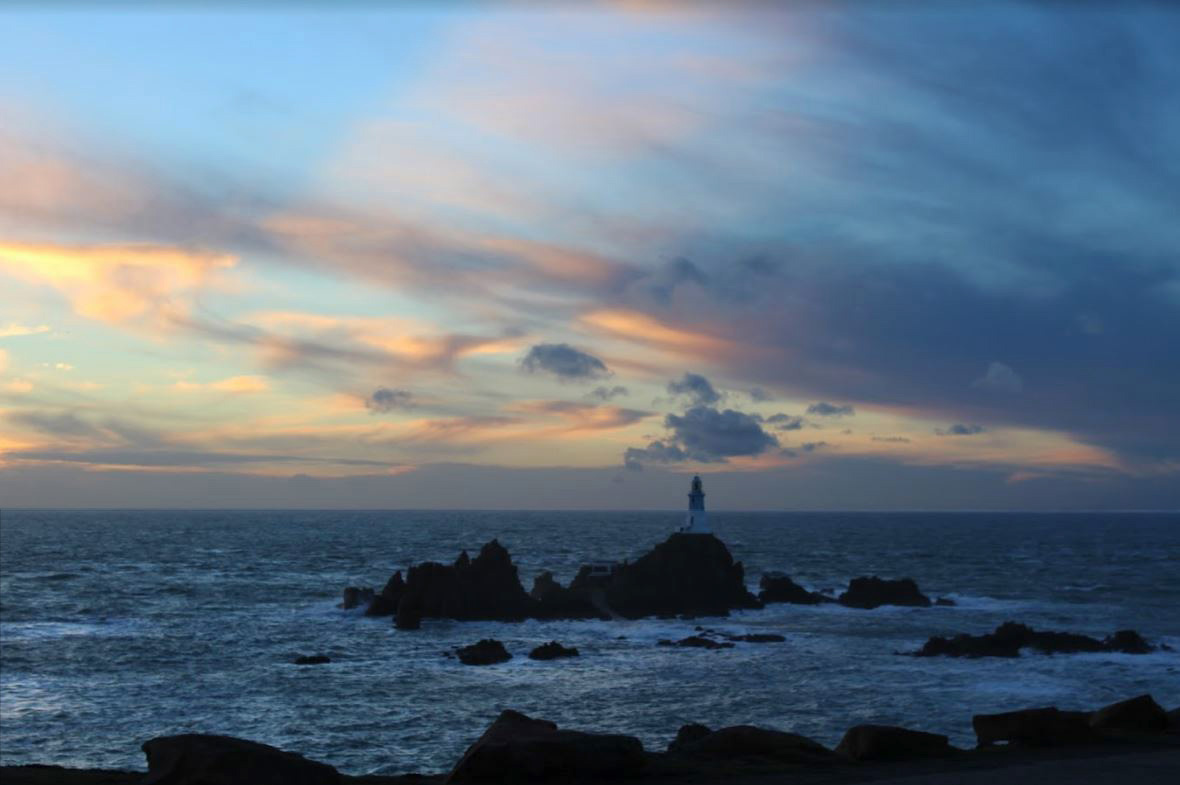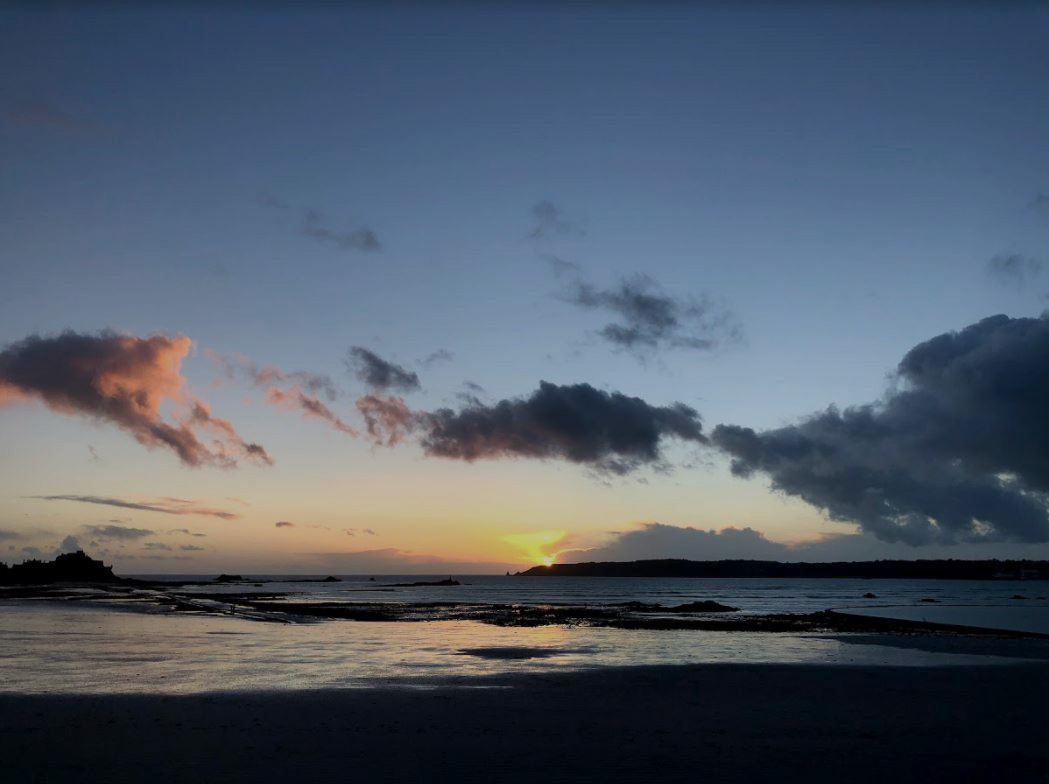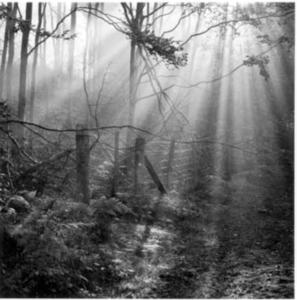New Topographics was a term coined by William Jenkins in 1975 to describe a group of American photographers (such as Robert Adams and Lewis Baltz) whose pictures had a similar banal aesthetic, in that they were formal, mostly black and white prints of the urban landscape…
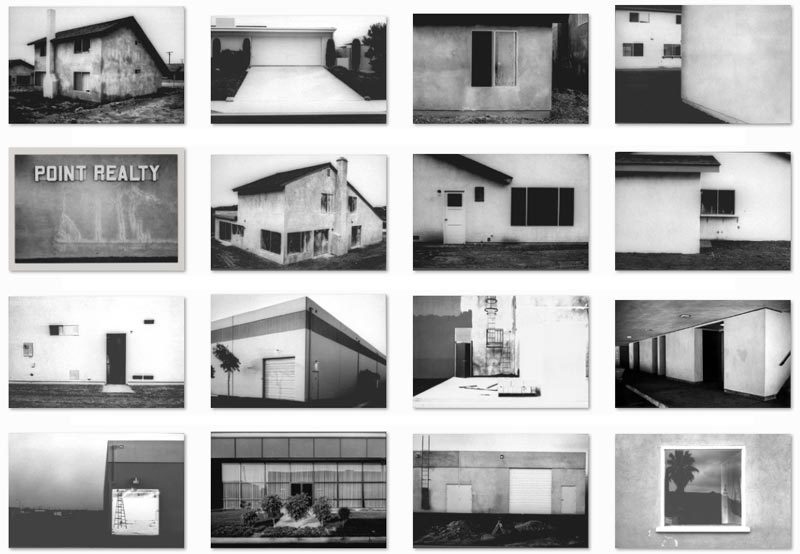
Many of the photographers associated with The New Topographics including Robert Adams, Lewis Baltz, Nicholas Nixon and Bernd and Hiller Becher, were inspired by the man-made…selecting subject matter that was matter-of-fact. Parking lots, suburban housing and warehouses were all depicted with a beautiful stark austerity, almost in the way early photographers documented the natural landscape. An exhibition at the International Museum of Photography in Rochester, New York featuring these photographers also revealed the growing unease about how the natural landscape was being eroded by industrial development.

The new topographics were to have a decisive influence on later photographers including those artists who became known as the Düsseldorf School of Photography.
WATCH THIS …New Topographics
Photographing Urban Landscapes
- Research and explore The New Topographics and how photographers have responded to man’s impact on the land, and how they found a sense of beauty in the banal ugliness of functional land use…
- Create a blog post that defines and explains The New Topographics and the key features and artists of the movement.
- ANSWER : what was the new topographics a reaction to?
- Choose from…ROBERT ADAMS, STEPHEN SHORE, JOE DEAL, FRANK GOLKHE, NICHOLAS NIXON, LEWIS BALTZ, THE BECHERS, HENRY WESSEL JR, JOHN SCHOTT ETC to write up a case study that will inspire your own photography.
- Analyse some key imagery carefully and show your understanding of the TECHNICAL / VISUAL / CONCEPTUAL AND CONTEXTUAL ATTRIBUTES OF THE IMAGES YOU HAVE CHOSEN TO DISCUSS
-
Here are some other suggestions that may stimulate your imagination / Starting points for YOUR OWN photo-assignments THIS WEEK…
• Scrapyards, building sites, cranes, restoration yards, derelict ruins
• Stadiums, floodlight arenas, staircases
• Motorways, railways, runways, dockyards
• Circuit boards, pipework, telephone poles, towers, pylons, skyscrapers
• Shop displays, escalators, bars, libraries, theatres and cinemas
• Gardens, parks, playgrounds, swimming pools, man-made beachesPossible titles to inspire you and choose from…
Dereliction / Isolation / Lonely Places / Open Spaces / Close ups / Freedom / Juxtaposition / Old and new / Erosion / Altered Landscapes / Utopia / Dystopia / Wastelands / Barren / Skyscapes / Urban Decay / Former Glories / Habitats / Social Hierarchies / Entrances and Exits / Storage / Car Parks / Looking out and Looking in / Territory / Domain / The Realm / Concealed and Revealed
EXTENSION TASK
Look at how the New Topographics approach has inspired landscape photography and we document our surroundings / the way we are using and transforming the land.
You should look at photographers such as…
- Joel Sternfeld
- Gabriel Basilico
- Andreas Gursky
- Edward Burtynsky
- Richard Misrach
- Sze Tsung-Leong
- Thomas Struth
- Peter Mitchell
- Paul Graham
- Donovan Wylie
- Ed Ruscha
Research a selection of these photographers and respond with…
- similar imagery from your own photo-shoots / image library
- analytical comparisons and contrasts
- a presentation of final images
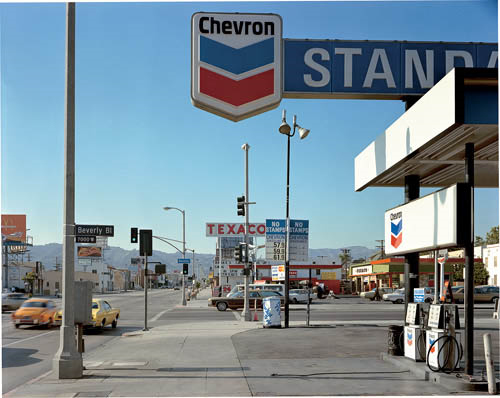
Stephen Shore, Beverly Boulevard and La Brea Avenue, Los Angeles, California, June 21, 1975, 1975, chromogenic color print
Analysis starters
- Foreground vs background | Dominant features
- Composition | low horizon line | Square format
- Perspective and detail / cluttering
- Wide depth of field | Large Format Camera
- Colour | impact and relevance
- Nationalism vs mobility vs isolation
- Social commentary | The American Dream ?





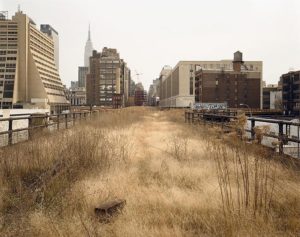







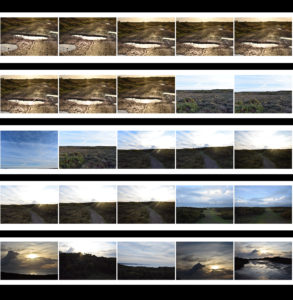









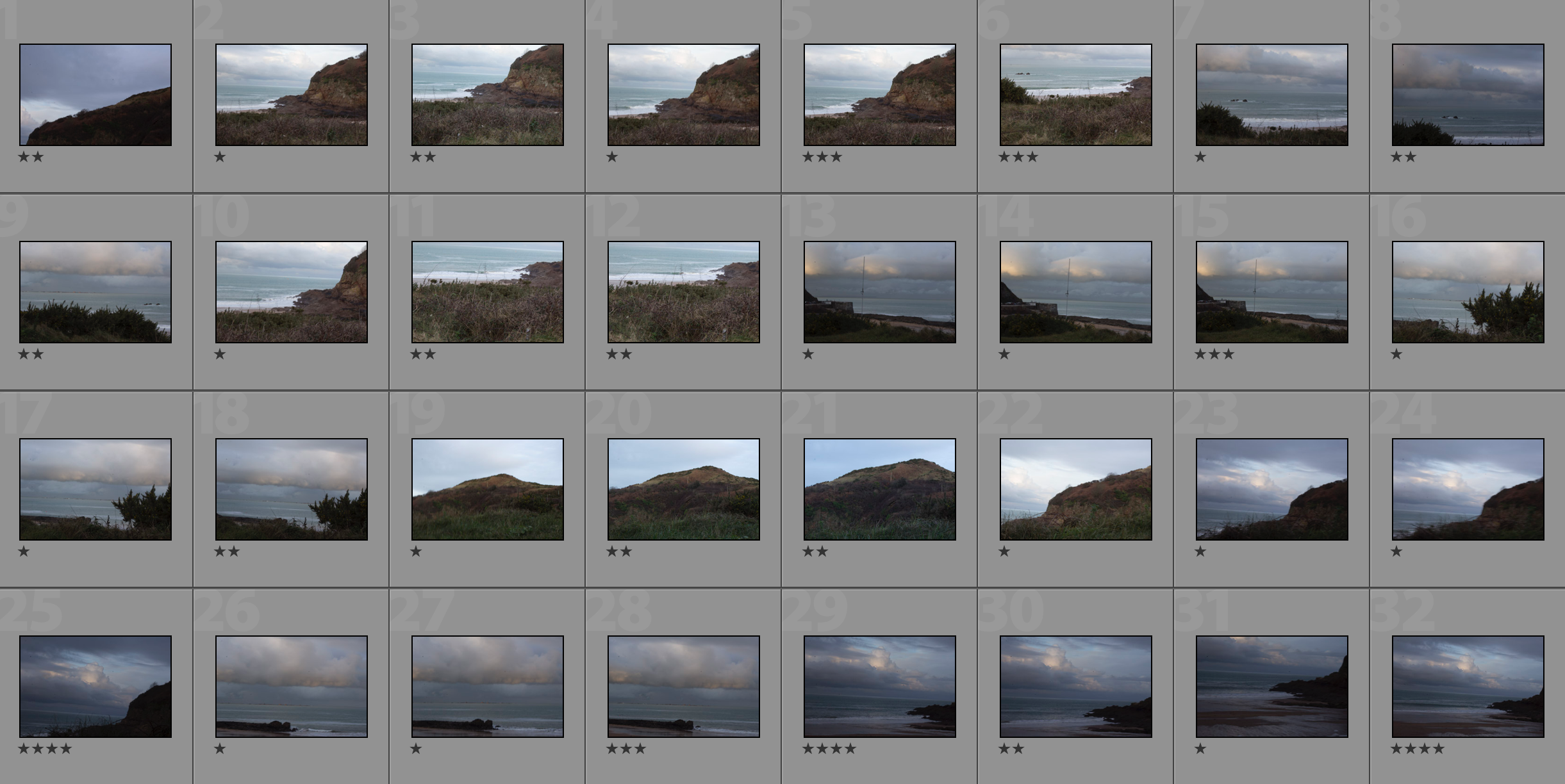


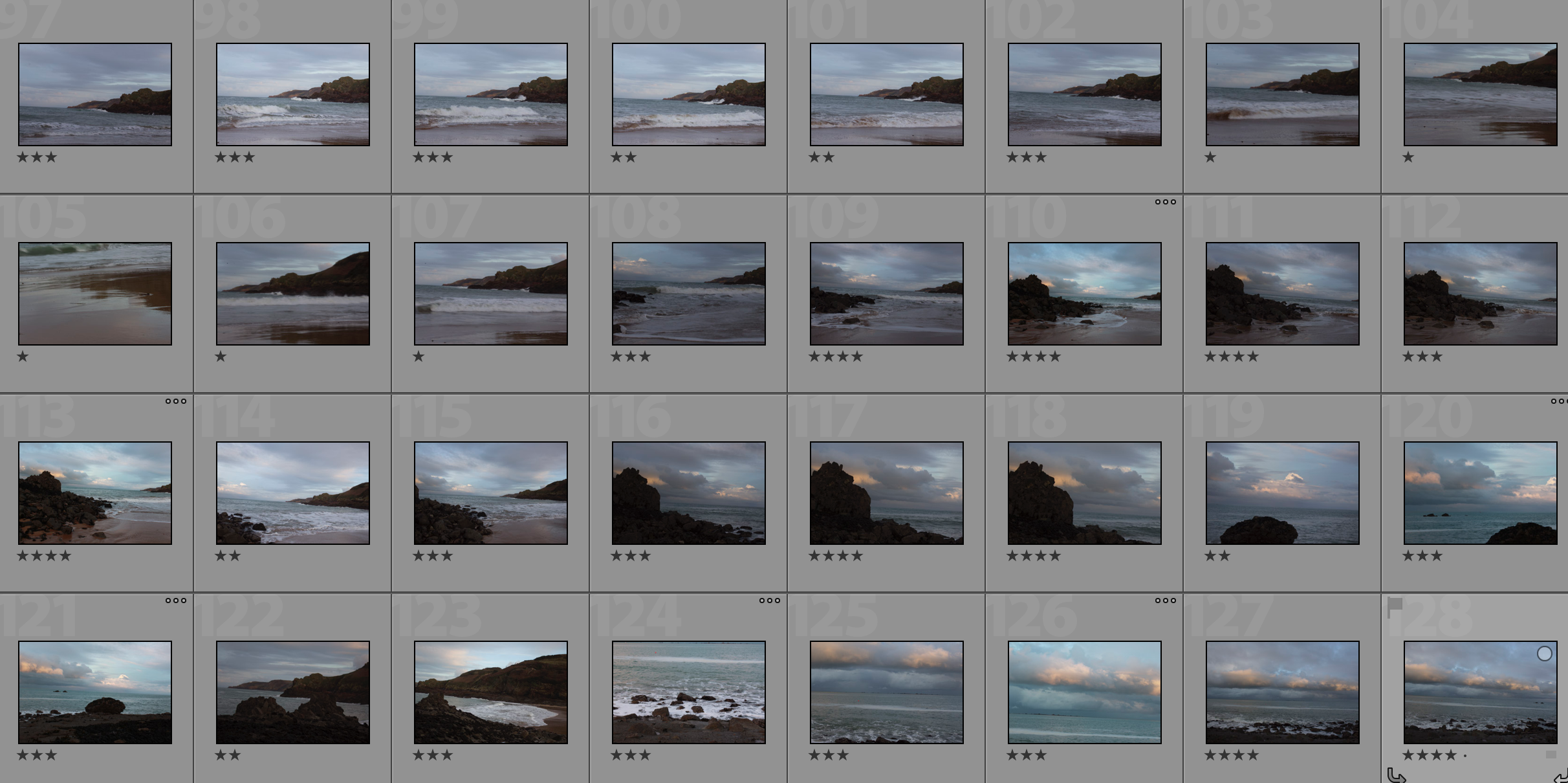

 I then applied the filter Fuji Neopan 1600 to create a strong, contrasting photograph that emphasises the shapes.
I then applied the filter Fuji Neopan 1600 to create a strong, contrasting photograph that emphasises the shapes. I then adjusted the shadows, highlights, contrast, brightness and whites and blacks in order the fine tune the photograph.
I then adjusted the shadows, highlights, contrast, brightness and whites and blacks in order the fine tune the photograph.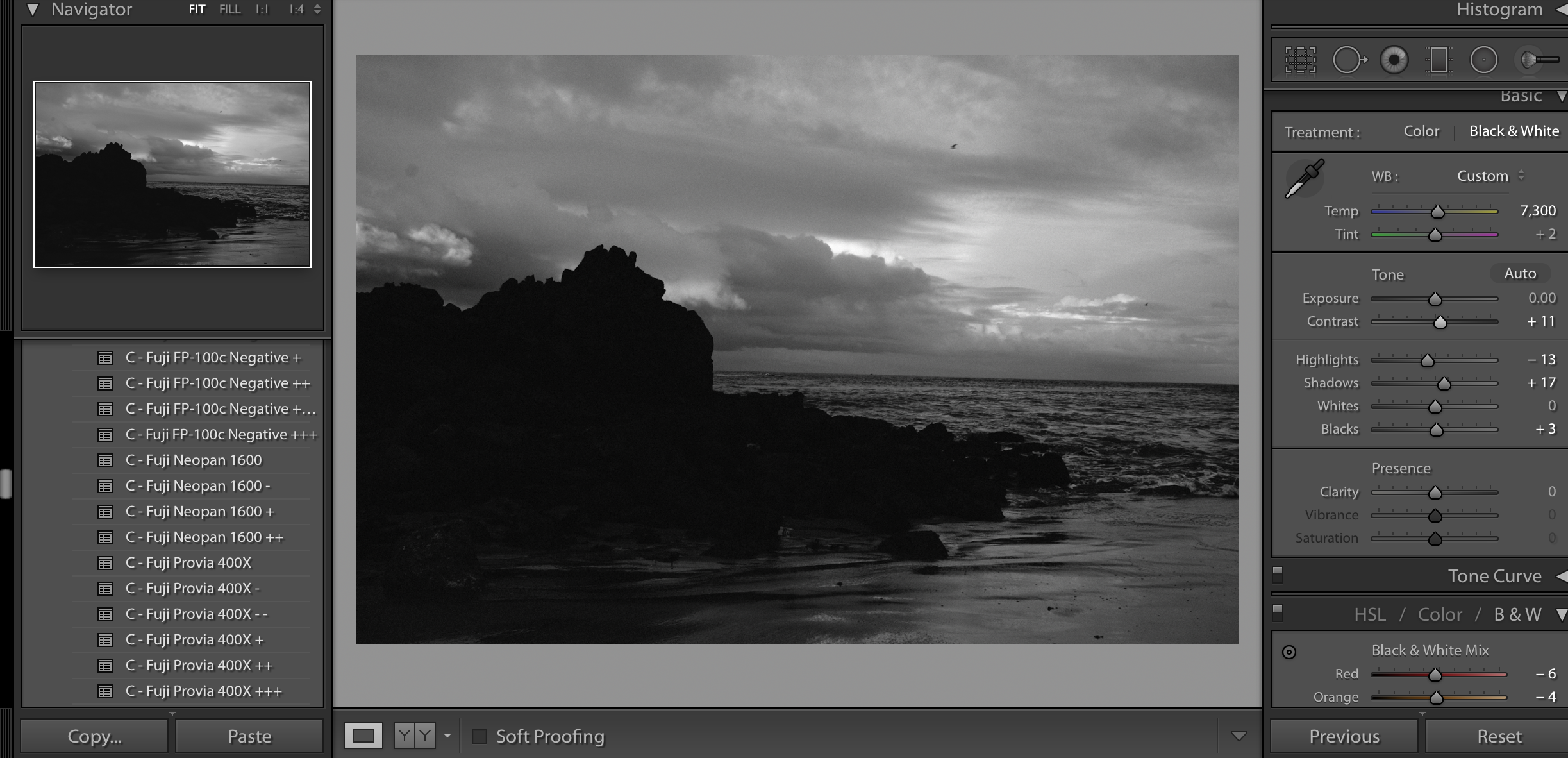

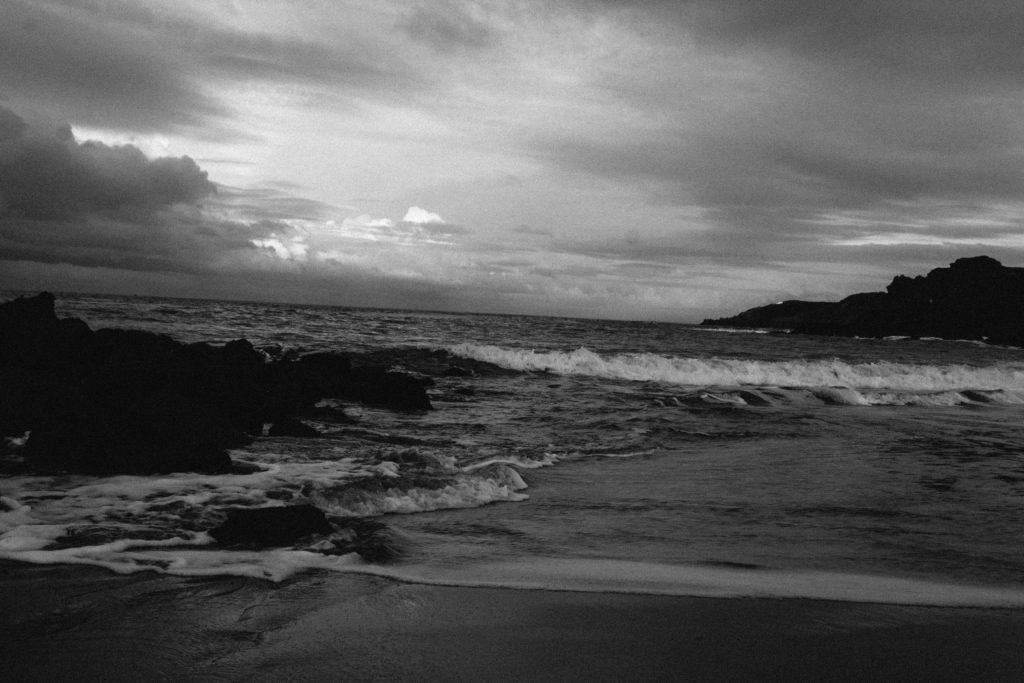


 My Favourite Photograph
My Favourite Photograph









 within the images above I wanted to capture a romanticised landscape in a much more vivid and and poetical extreme of colour caught within the golden hour, although I also wanted to capture a sense of clam that will soon be abounded due to the oncoming stormy strength of the high side and cloud formation.
within the images above I wanted to capture a romanticised landscape in a much more vivid and and poetical extreme of colour caught within the golden hour, although I also wanted to capture a sense of clam that will soon be abounded due to the oncoming stormy strength of the high side and cloud formation.



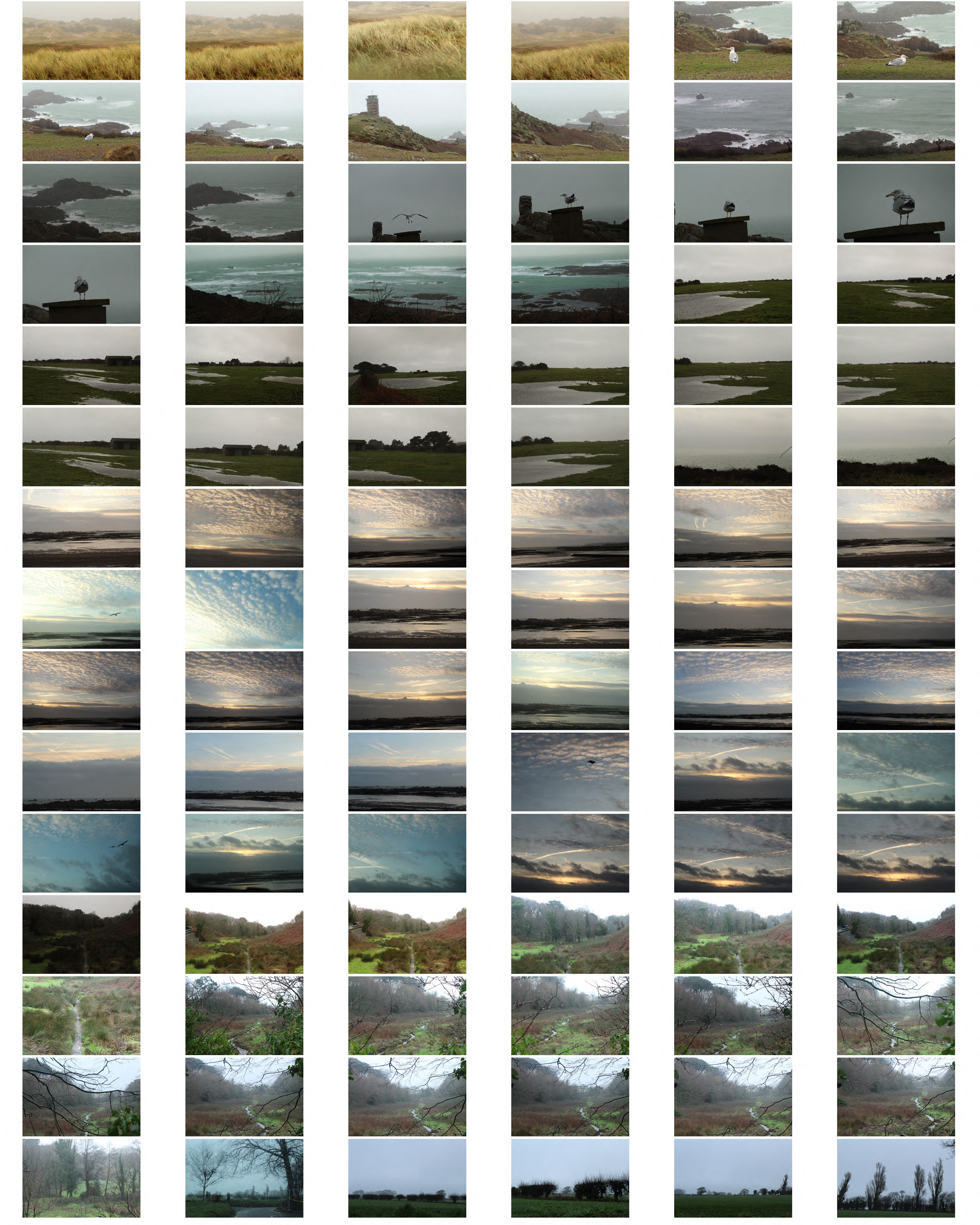


 For this photograph I tried to find a path or stream to be in my image with a natural setting. I focused on the branches in the foreground of the image and left the background more out of focus emphasising the misty environment which creates more atmosphere in the picture. Fay Godwin photos mainly consist of natural environments with trees, fields and beaches which is where I went to take my images.
For this photograph I tried to find a path or stream to be in my image with a natural setting. I focused on the branches in the foreground of the image and left the background more out of focus emphasising the misty environment which creates more atmosphere in the picture. Fay Godwin photos mainly consist of natural environments with trees, fields and beaches which is where I went to take my images.
